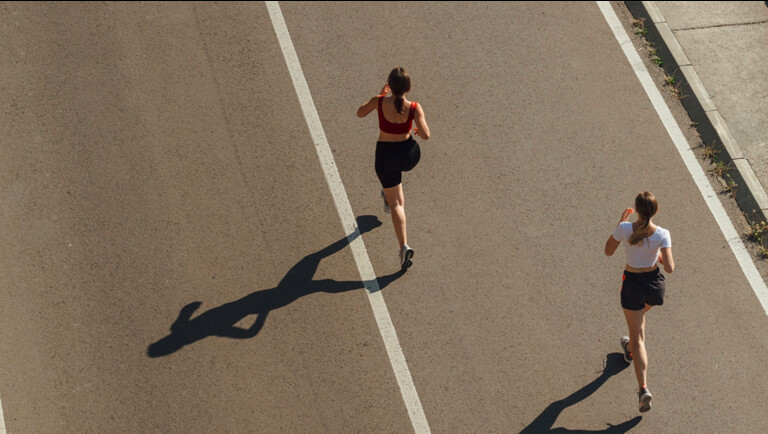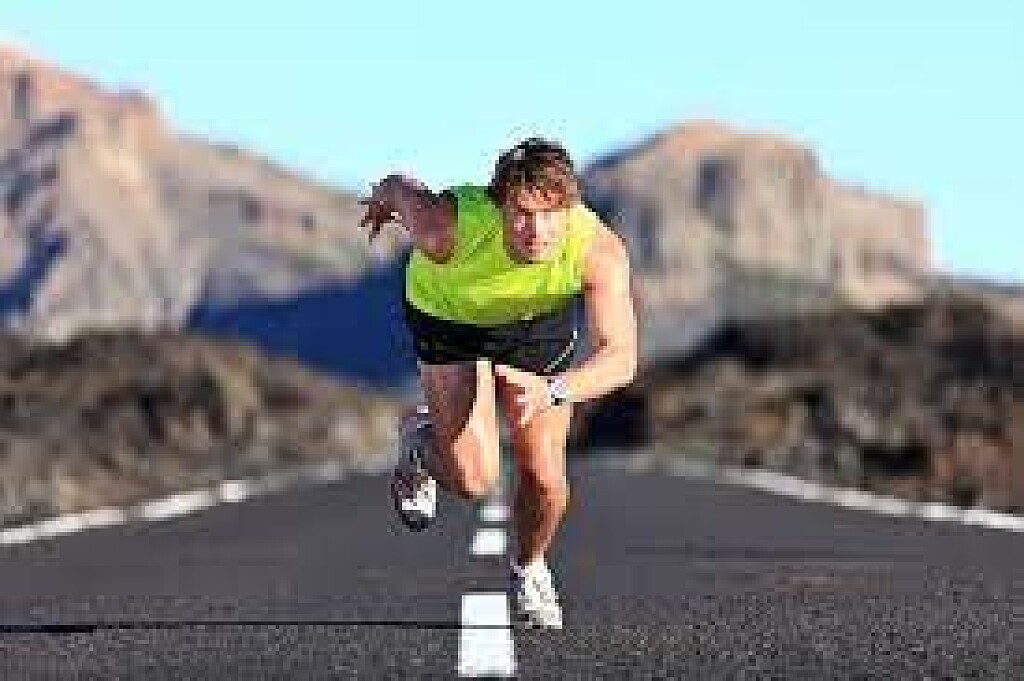Running News Daily
Running News Daily is edited by Bob Anderson. Send your news items to bob@mybestruns.com Advertising opportunities available. Train the Kenyan Way at KATA Kenya and Portugal owned and operated by Bob Anderson. Be sure to catch our movie A Long Run the movie KATA Running Camps and KATA Potato Farms - 31 now open in Kenya! https://kata.ke/
Index to Daily Posts · Sign Up For Updates · Run The World Feed
So You Think You’re “Elite”
A new way of classifying athletes aims to quantify the thresholds that distinguish recreational athletes from their trained, highly trained, and elite brethren A new way of classifying athletes aims to quantify the thresholds that distinguish recreational athletes from their trained, highly trained, and elite brethren
“Like monkeys,” a review of the neural and psychological foundations of social hierarchy explains, “we tend to use certain cues, like physical strength, to make status judgments.” This is presumably why running messageboards like Letsrun feature seemingly never–ending debates about the precise thresholds that distinguish “serious,” “sub-elite,” and “elite” runners from the unwashed masses. “Elite,” according to one typical if slightly hyperbolic poster, is “the time that sets a world record and/or wins. Everything else is hobby jogging.”

But figuring out these thresholds isn’t just about pissing contests. As a new paper in the International Journal of Sports Physiology and Performance puts it, “the term ‘elite subjects’ might be one of the more overused and ill-defined terms in the exercise science literature.” That matters, because the results of a training study on semi-fit college students may not apply to Olympic athletes, and vice versa. Beet juice, for example, reliably boosts performance in recreational athletes, but doesn’t seem to help elite athletes to the same degree. The same appears to be true of training with deliberately depleted carbohydrate levels. To interpret the results of an exercise study, you need to know who the subjects were and have a consistent way of classifying them.
That’s the goal of the new IJSPP paper, which comes from a team of prominent sports scientists in Australia, Canada, Spain, and the United Kingdom, led by Alannah McKay of Australian Catholic University. They’ve put together a detailed framework to classify athletes into six distinct categories based on exercise patterns and athletic ability across a broad variety of sports.
It’s an inherently intractable challenge, since the characteristics of, say, well-trained table tennis players, marathoners, and archers are so different. But they’ve tried to make the framework flexible enough to work in different contexts by anchoring it in population statistics. You don’t get elite status by running a certain time or training a certain number of hours; it’s based on where you stand relative to everyone else.
Here are the categories:
Tier 0: Sedentary
~46 percent of the global population
This one is pretty straightforward. If you’re not hitting the World Health Organization recommended minimum level of physical activity—150 minutes of moderate exercise or 75 minutes of vigorous exercise per week, plus a couple of muscle-strengthening activities—then you’re sedentary.
Tier 1: Recreationally Active
~35-42 percent of the global population
In this tier, you’re hitting those WHO guidelines, and may participate in a few different sports or activities, but you’re not focused on training or competing in a specific sport.
Tier 2: Trained/Developmental
~12-19 percent of the global population
Now we’re getting more serious. In this tier, you identify with a specific sport, and you’re probably training three or more times a week for the purpose of competing. You might represent a local club, play in a rec league, or be on the junior varsity high school team.
Tier 3: Highly Trained/National Level
~0.014 percent of the global population
There’s a huge drop-off from Tier 2 to Tier 3: not many people meet the requirements of being highly trained. You’re competing in state- or national-level tournaments and competitions, or perhaps for an NCAA Division II or III team, and you’re training not just for fitness but to improve sport-specific skills. For sports measured in time or distance, you’re typically within about 20 percent of the top performance in the world.
Tier 4: Elite/International Level
0.0025 percent of the global population
At this point, you’re likely training as hard as anyone in your sport trains. You dream of the Olympics (or whatever the pinnacle of your sport is). You might be an NCAA Division I athlete or a member of your national team. You’re probably ranked somewhere between 4th and 300th in the world in your event, and you’re within seven percent of the top performances in the world.
Tier 5: World Class
<0.00006 percent of the global population
This is what I think of as the Spinal Tap tier: a notch above elite. Crunch the numbers, and you find that there are fewer than 5,000 people in the world, across all sports, in this category. To join the club, you’re probably an Olympic medalist, or at least a finalist, or an all-star in a professional team sport. You’re within two percent of the world record or yearly top performance.
The last three categories remind me of the cliché about the Inuit having dozens of words for different types of snow. Put together, tiers three to five total less than a couple hundredths of a percent of the population, so a very rarefied group. But to sports scientists, those distinctions matter. The higher up the ladder you climb, the closer the subjects are to their maximum adaptive potential, and the more likely that any study you try will find no meaningful improvement. Under this microscope, the difference between a good college athlete and an Olympic medalist is substantial.
Of course, there are an infinite number of nuances. If your classification depends on comparison to your peers, then the competitive depth of your sport matters. A lot more people compete in running than in, say, dressage or sailing. In freestyle snowboarding, the authors suggest that you need to be a medalist at a major international event to be in the top tier, while making the final eight puts you in Tier 4. In track and field, making the final (which means placing in the top 8 to 15) at a major international competition puts you in Tier 5, because the competition is much deeper. If you want to dig into these nuances, the paper is freely available to read online.
As for the eternal Letsrun debates about what counts as elite, the paper includes a table of running times that delineate the various tiers based on a combination of Olympic winning times, gap from world record, gap from top yearly time, world ranking, and other measures. To be world class in this formulation, a male marathoner would need to run 2:04:33, and a female marathoner 2:20:01. For elite, it’s 2:12:15 and 2:31:03; for highly trained, 2:27:54 and 2:50:41. Those are pretty lofty thresholds, and I can’t help wishing that there were a few more rungs to climb between “trained” and “highly trained.” For practical classification purposes, I’ll probably stick with the sliding scale I’ve been using for the past few decades: the definition of “fast” is a half-step ahead of me.
by Outside
Login to leave a comment




